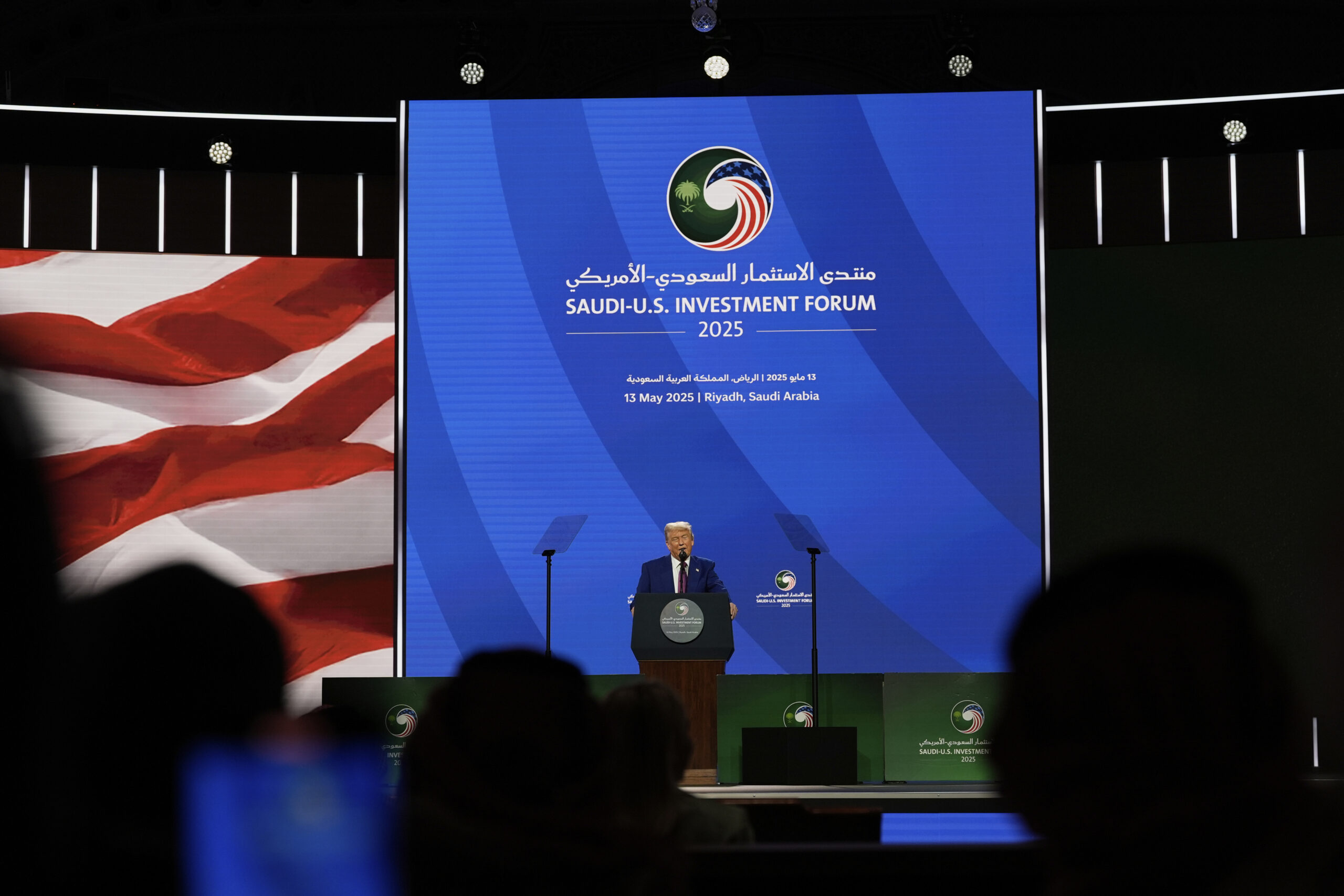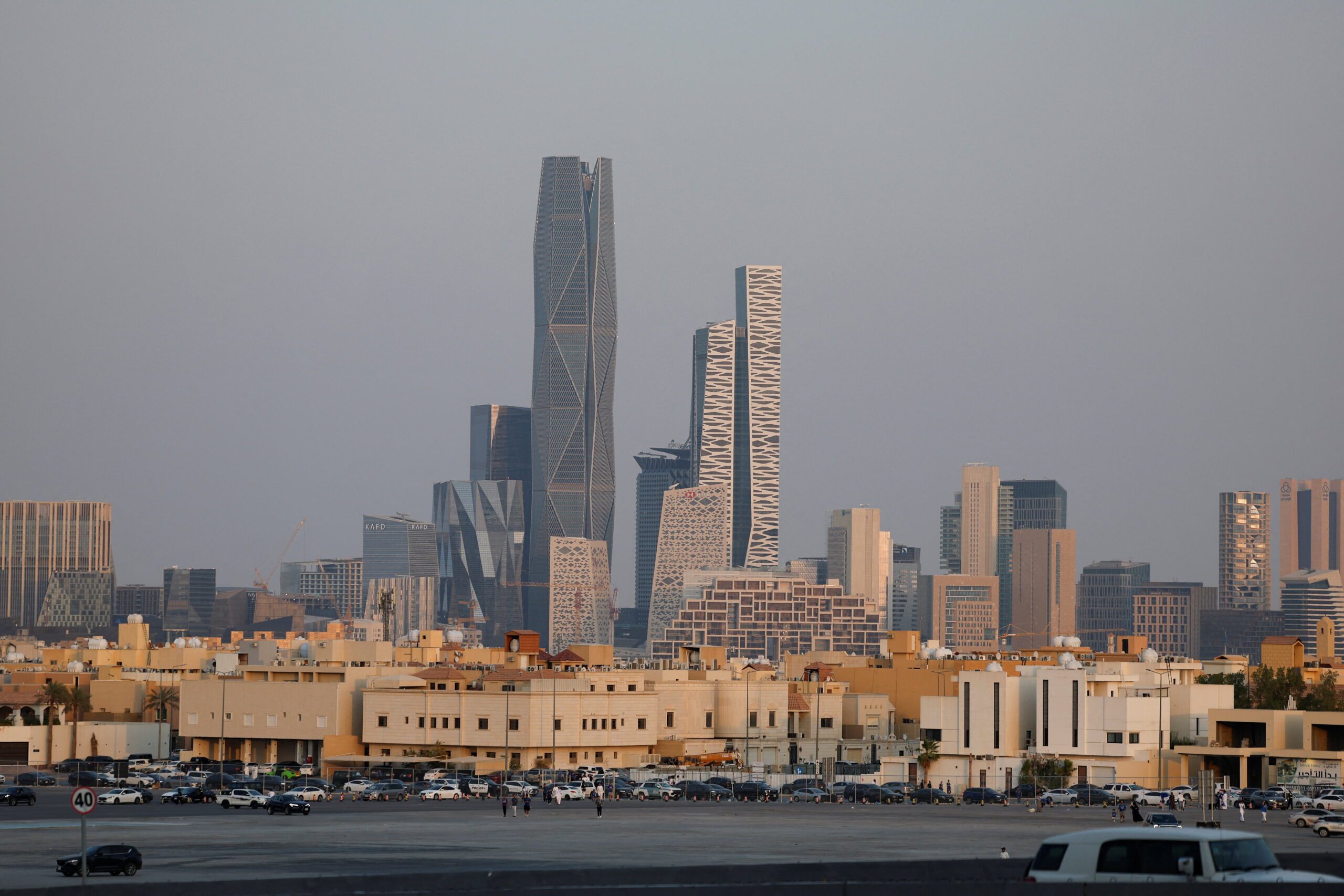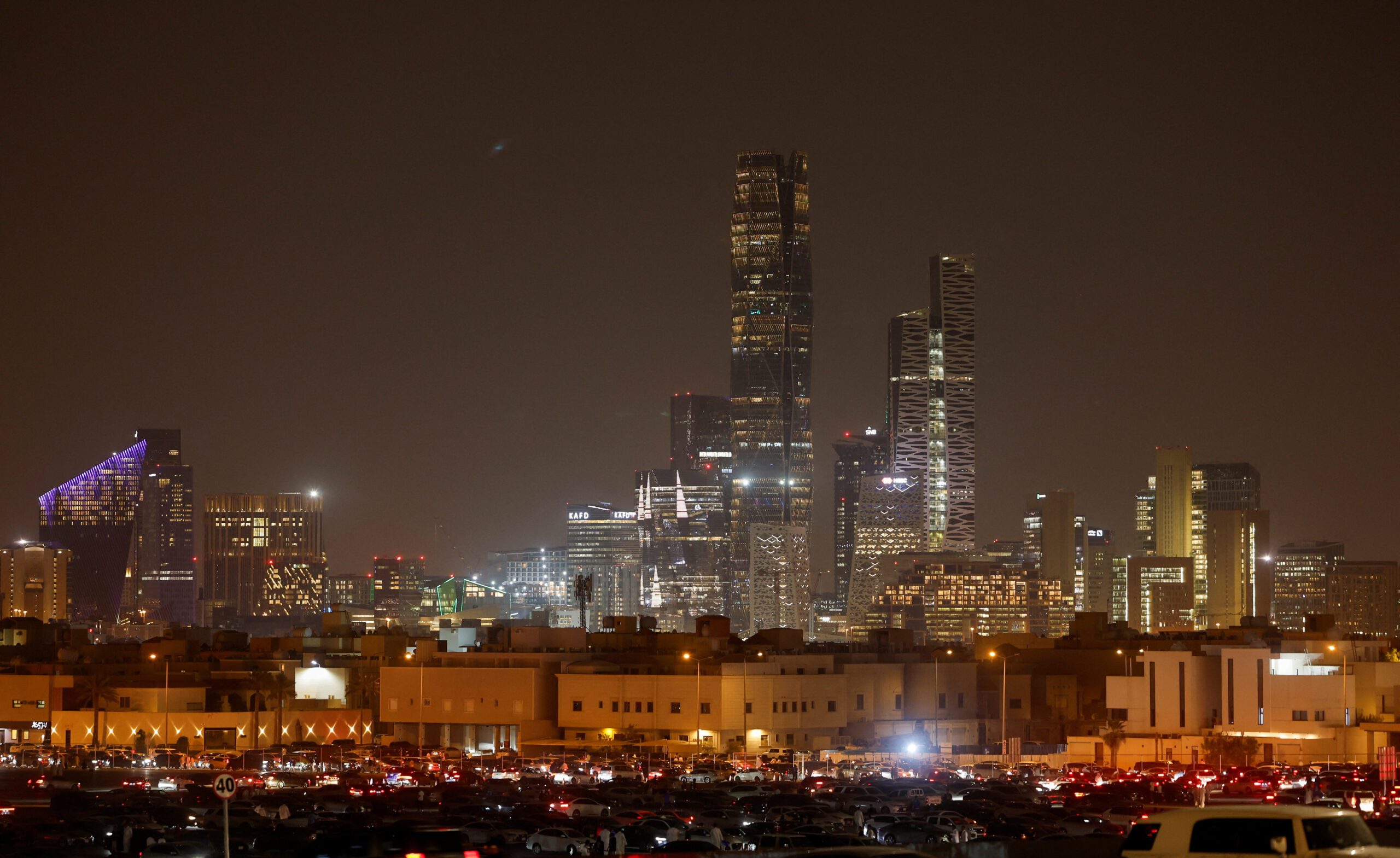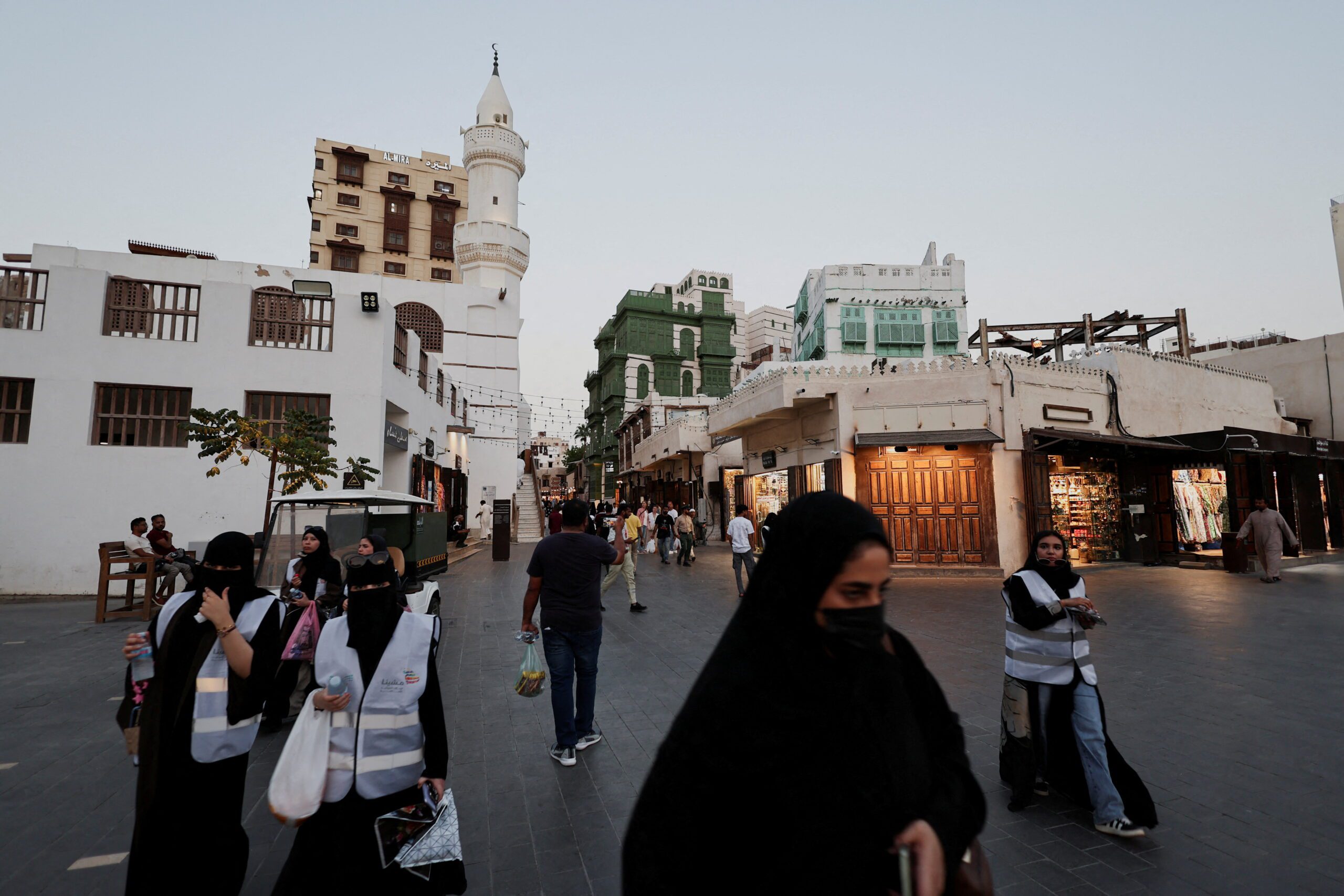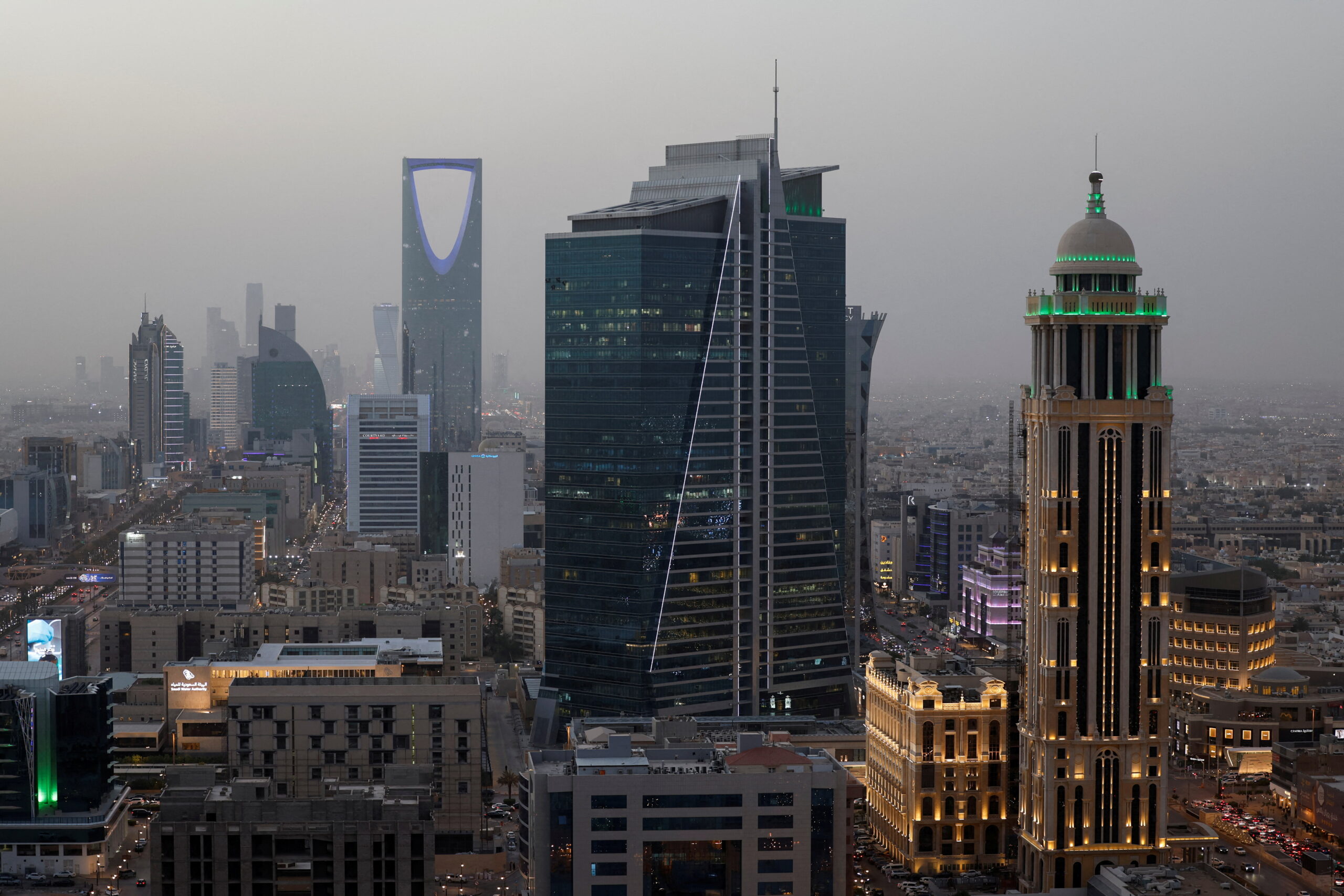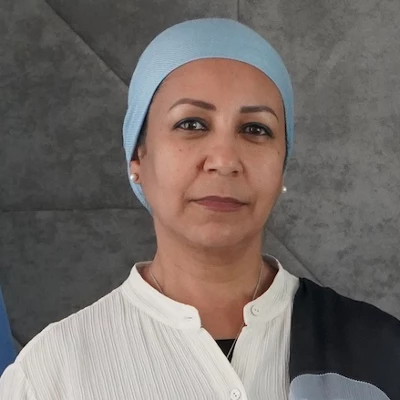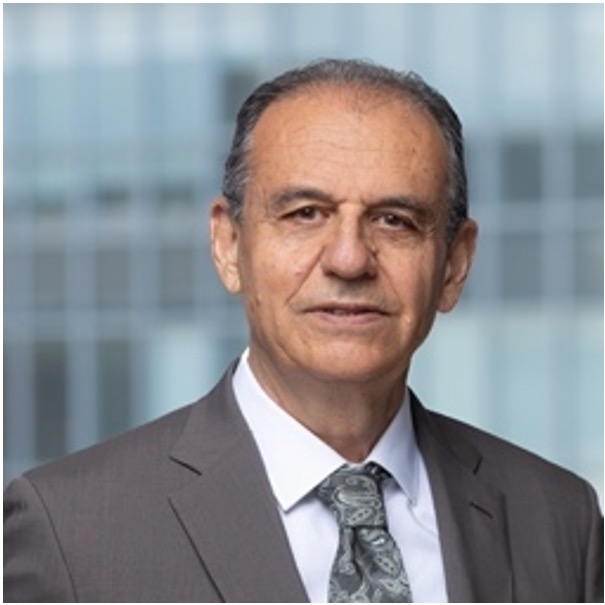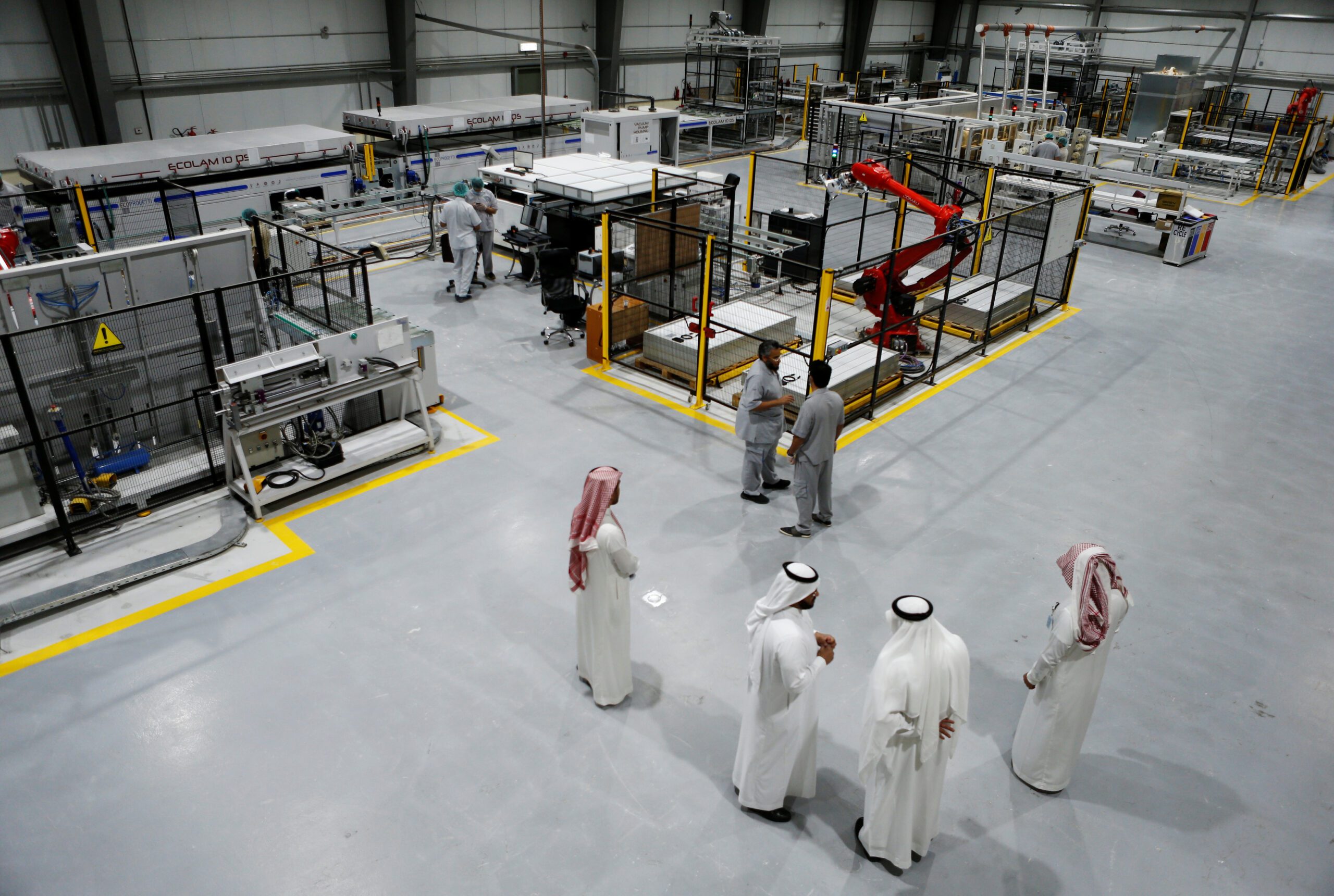Mar 28, 2025
Positive Momentum Continues in the Saudi Labor Market
Robust growth in the non-oil economy and ongoing reforms are driving increased employment and labor force participation rates and lower unemployment among Saudi nationals.
Data for the fourth quarter of 2024 shows that the positive momentum in the Saudi labor market is continuing amid robust growth in the non-oil economy. The unemployment rate for Saudi nationals fell to 7%, down from 7.8% in the corresponding quarter of 2023, with a particularly large decline for women (13.9% to 11.9%). The labor force participation rate of Saudi nationals also increased during 2024 from 50.4% to 51.1% with the participation of both men and women rising.

Source: General Authority for Statistics
Strong job creation continued in 2024. While most of the employment growth was concentrated among nonnationals (a 1.4 million or 17.8% increase), the employment of Saudi nationals also increased by 160,000 (5.7% growth). Women accounted for half of the increase in the employment of nationals (7.2% growth). Around 40% of the jobs created in 2024 were in the construction sector, consistent with the emphasis on the development of infrastructure, real estate, and gigaprojects in the kingdom. There was also significant job creation in the manufacturing and transportation sectors.
Average wage growth remained subdued during 2024. For Saudi nationals, average wages grew by less than 1% in the year to the fourth quarter of 2024. Interestingly, wages for Saudi women grew by 4.4% while for Saudi men they remained basically flat. Nonnationals saw their average wage fall by 3% during 2024.
Saudi Women are Driving the Labor Market
Over the past year, Saudi women have seen stronger increases in their employment and participation rate, a larger drop in their unemployment rate, and a bigger increase in their average wage. This outperformance relative to Saudi men is likely to continue given the still large gaps in most gender-based labor market statistics will likely keep narrowing given the easing of restrictions on the participation of Saudi women in the labor market and the broader economy and their higher education levels relative to men.
The views represented herein are the author's or speaker's own and do not necessarily reflect the views of AGSI, its staff, or its board of directors.


